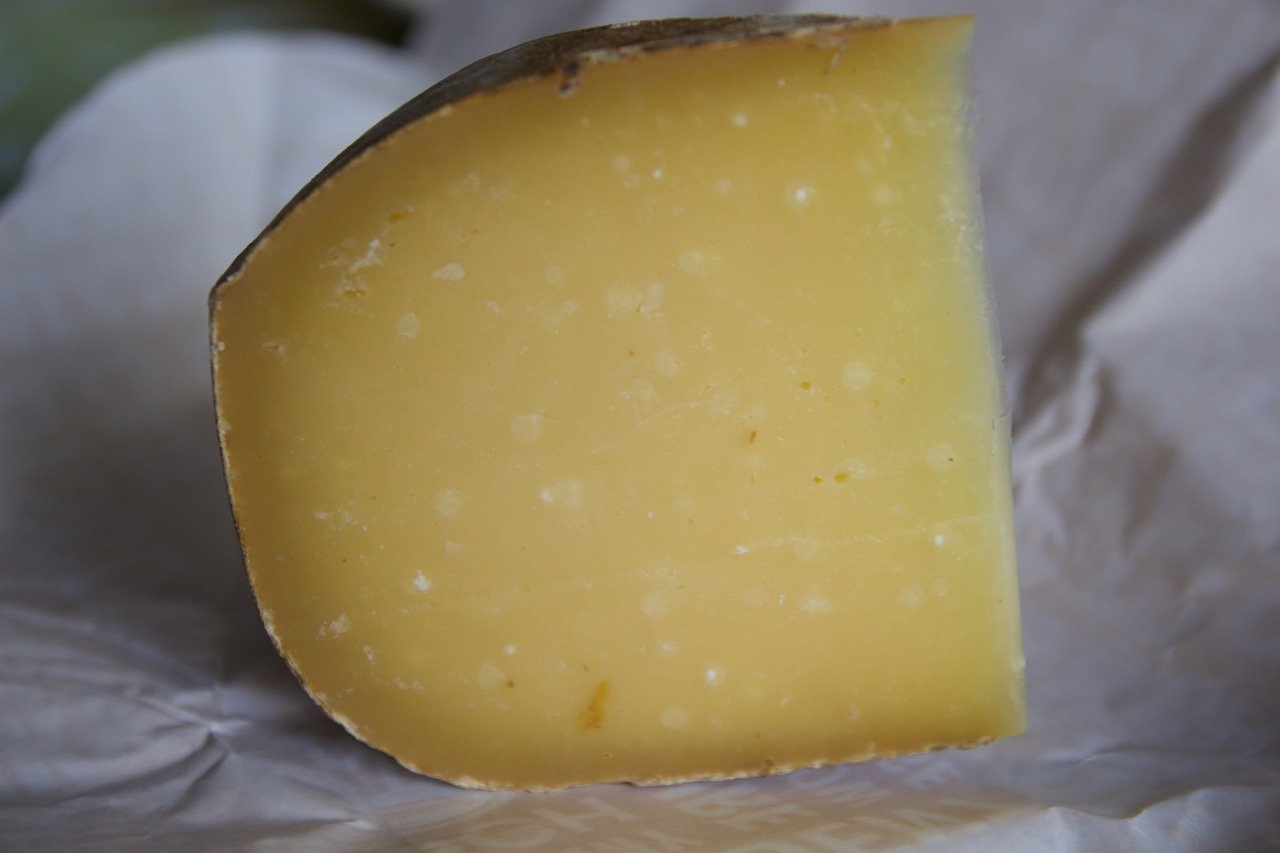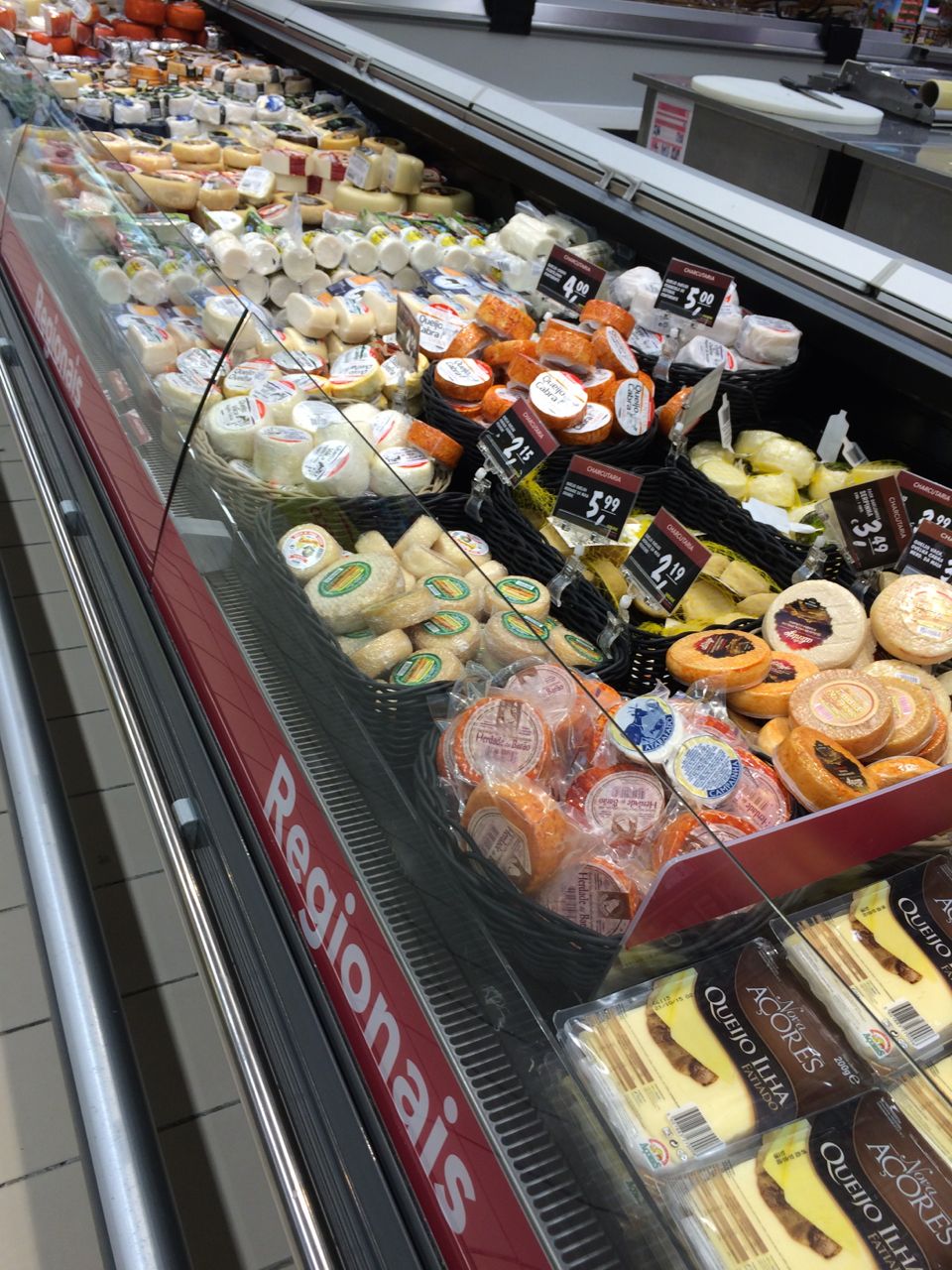The salt crystals in firm cheeses, what are they?
I suppose you have had firm cheeses, being it alpine varieties or Parmigiano Reggiano and felt the crunch when you chew them. From the questions I am asked from time to time it seems like most of you think they are salt crystals. A most likely assumption, actually. If you look at the cheese, the white spots that oftentimes are so characteristic for this type of cheese might very well lead you to conclude they are salt crystals. Cheese as such is salty as well. But, whatever it is, it feels good and is most charming. Most will probably characterise it as a sign of quality. But this charming crunchy feel between your teeth, is it really salt crystals? Like the flake salt you put on your table?

…
The salt crystals in firm cheeses, what are they?Read More »
The salt crystals in firm cheeses, what are they? Read Post »


